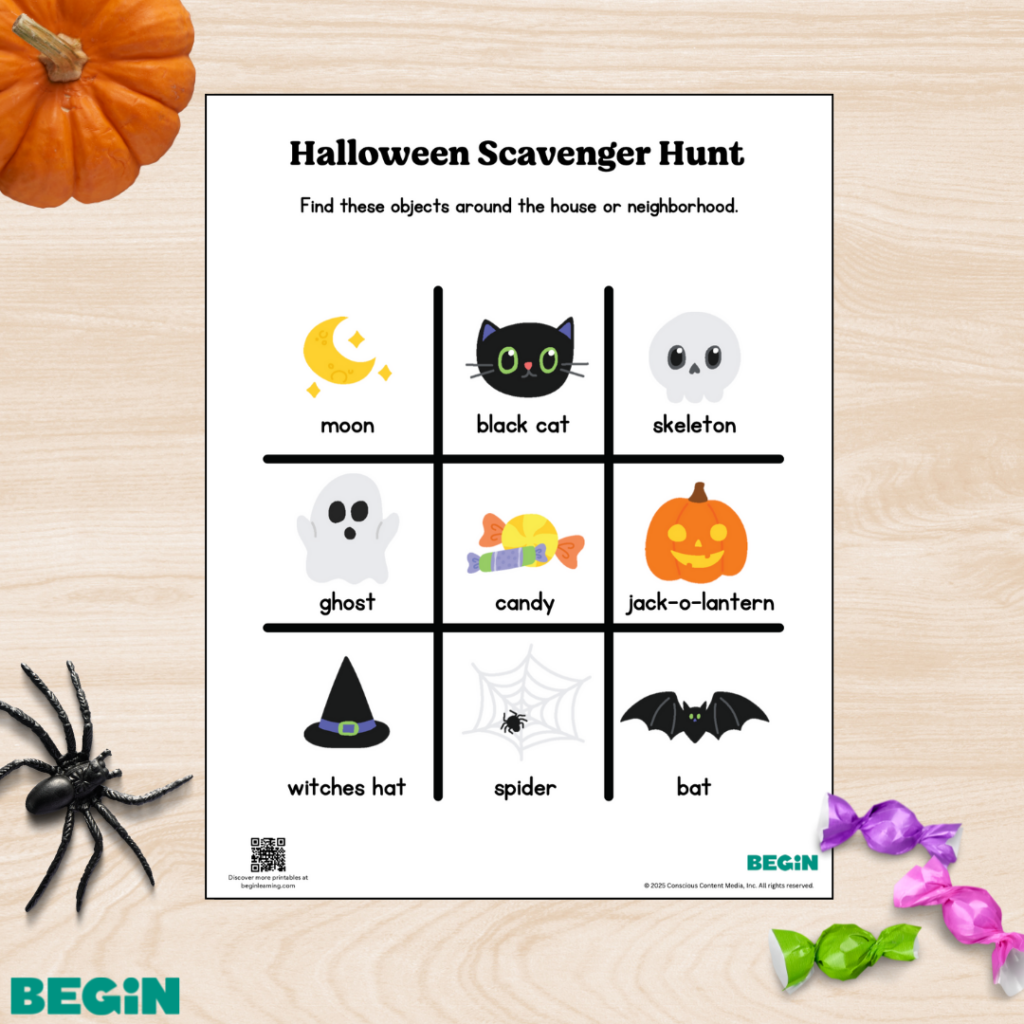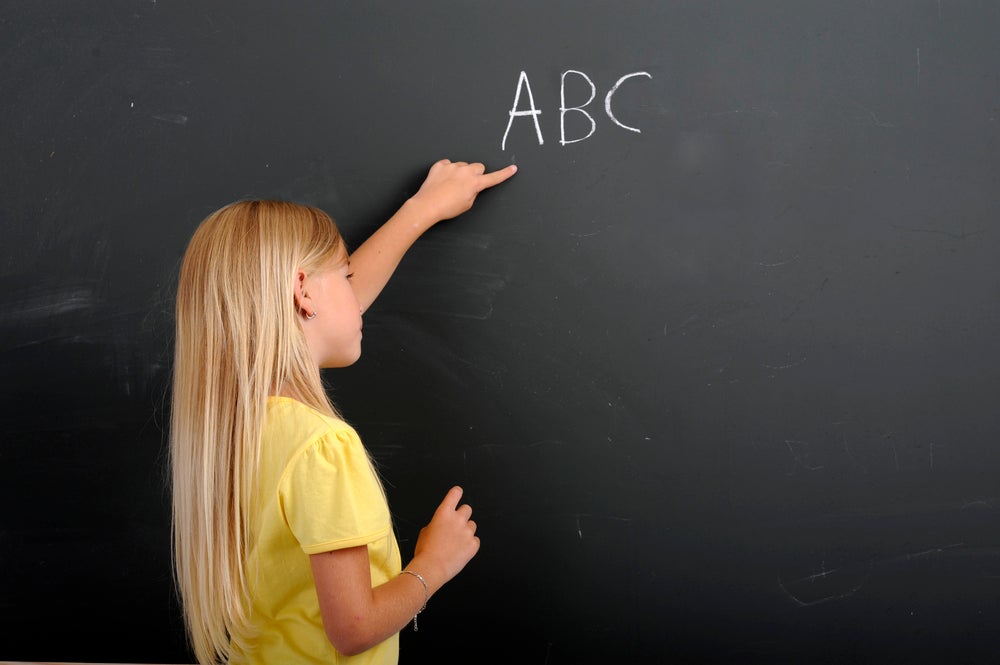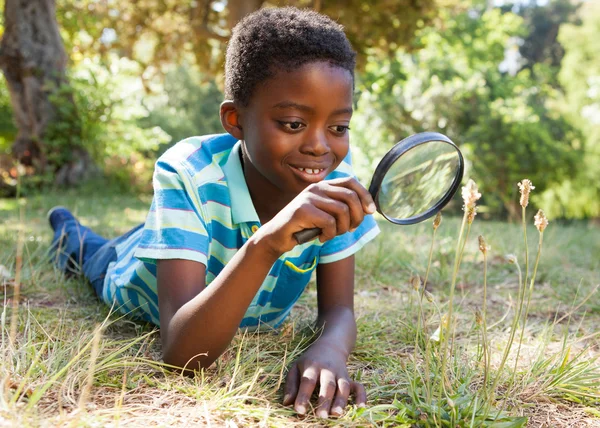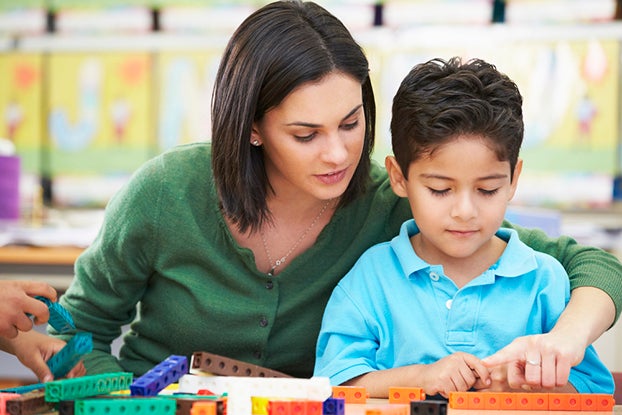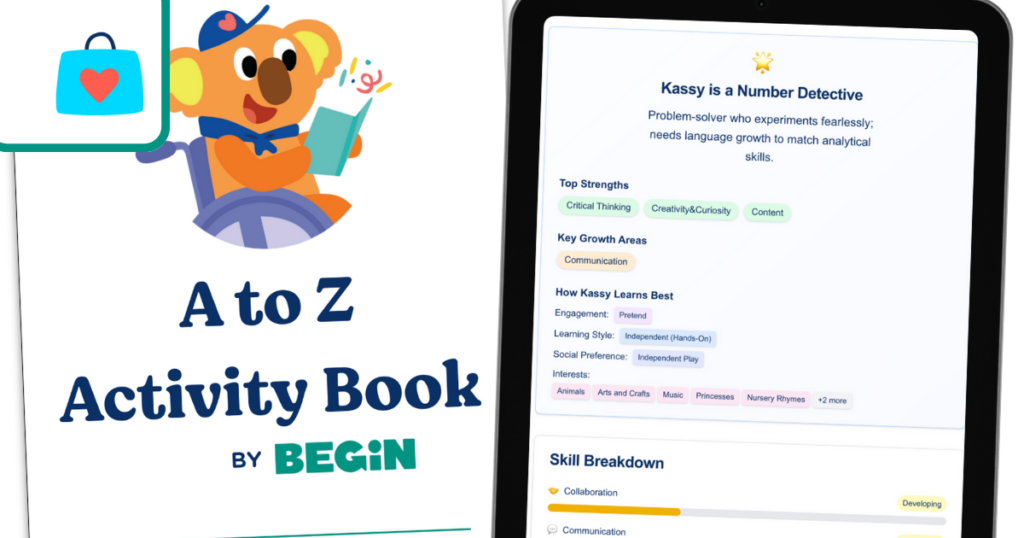It’s hard to wait. You’re eager for the thing that’s coming, but it’s not here yet. So you think about it. You might feel like you’re sitting around doing nothing. But sitting and waiting—having patience—isn’t nothing. It’s a very specific skill that can be tricky to learn.
It’s especially tricky for kids. So, how do you teach kids patience in a way that makes sense to them? In a way that’s doable and fun? We’ve collected useful tips and activities to help you lay the foundation for this critical mindset.
Table of Contents
- Why Is Patience Important?
- Tips for Teaching Patience
- Activities for Teaching Patience
- Have Patience Teaching Patience!
Why Is Patience Important?
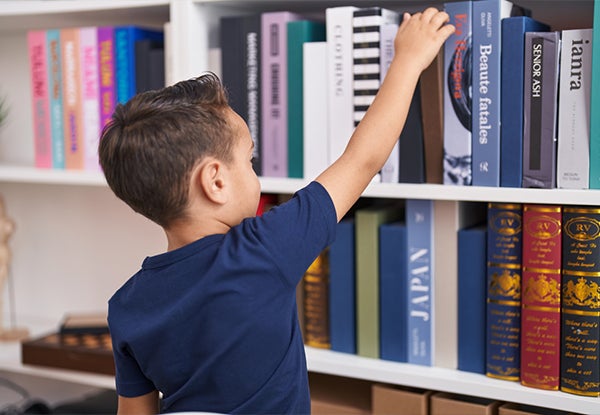
First, what is patience, exactly? In some ways, it’s simply another name for self-regulation—the ability to calm your body and mind in a challenging moment. Cultivating patience has never been easy, but it’s especially tough for kids growing up now.
Cause and effect can happen in less than a second on a computer or a cell phone. One click gets you from point A to point B. As a result, kids often expect quick results in all aspects of their lives. But meaningful experiences take time and practice and—yes—patience.
Patience isn’t only about learning the art of waiting. It’s also a critical part of finding your purpose in life. Finding what you love and what you’re good at isn’t necessarily easy. It takes trying new things, reflecting on them, and making mistakes. It takes a long time.
This process can’t happen unless you’re able to practice patience. Patience takes the form of slowing down and self-reflecting.
If you can begin educating your child about how to be patient when they’re young, they’ll more easily integrate those practices into their life as they get older. This is a good thing. Patience is a life-long journey.
Tips for Teaching Patience
Kids often live in the moment. They’re engaged now. They’re active now. They don’t spend time and energy anticipating the future. While this is a vibrant way to live (and we as adults can learn from kids in this regard!), it also makes waiting hard.
If your child is inexperienced in the patience it takes to wait for something, the frustration they feel makes sense. Remember to empathize with your child on their journey to mastering patience, and celebrate the wins along the way.
Model It
The best teaching is often anything but direct. If you tell a child you want them to be quiet, they may continue to make noise, but if you demonstrate the act of being quiet, they are more likely to study and then imitate you.
Consistent modeling of behaviors you want your child to learn can be extremely successful. Our kids spend a lot of time watching us! They absorb what we present to the world.
Reflect to Your Child What You See in Them
The more you can give voice to what your child is feeling, the more they will be able to recognize and express their emotions.
Try gently explaining what you see happening to them: “You have 10 minutes until we go to the park. I see the idea of waiting frustrates you. I also see you’re trying to stay calm.”
When kids are able to have help identifying their emotions, experience the full depth of them, and, finally, feel they are understood, they have the opportunity to relax into a state of calm and patience.
Our Learn With Sesame Street app is a wonderful tool for this kind of social-emotional learning, too.

Start Small & Set Up Your Child (and Yourself) for Success
How do you teach kids patience? By taking baby steps.
You wouldn’t be able to run a marathon if you didn’t practice running a mile. Your child can’t be expected to be patient while they wait three hours to go to the playground if they haven’t learned to wait five minutes.
Start with smaller increments of time and lower-stakes activities. For instance, ask your child what they want for a snack. Even let them help you prepare it. Then ask them to wait a few minutes before they can have it. Knowing exactly what’s coming will help them stay calm.
Patience Stretching Technique
You can be even more intentional by practicing a “patience stretching technique.” Wait until your child asks you for something. Maybe they want you to read a book to them. Get the book, but instead of sitting to read it right away, ask your child to wait as you do something else.
You don’t have to ask them to wait long. At first, the wait can even be as little as five seconds. After the allotted wait time, give your child plenty of praise for their patience, and then read the book.
Increase the wait “stretch” each time you do this to expand your child’s resilience.
Use Visual Cues
Try using a timer when you first introduce the idea of patience. Your child can even help set it.
A concrete object that symbolizes the abstract concepts of time and patience helps your child to understand what you’re asking of them.
Practice Conscious Waiting
A long-term goal with the practice of patience is transforming it into something positive and even creative and fun. You can address this idea in the small moments of your child’s life by resisting the urge to fill their time with activities that are meant to distract them.
Take driving in the car, for example. Instead of handing your child a tablet to use (which we agree is sometimes a life-saving idea!), ask them to play a game of I Spy out the car window.
This kind of active observation allows your child to become aware of time passing—in a positive way.
Activities for Teaching Patience
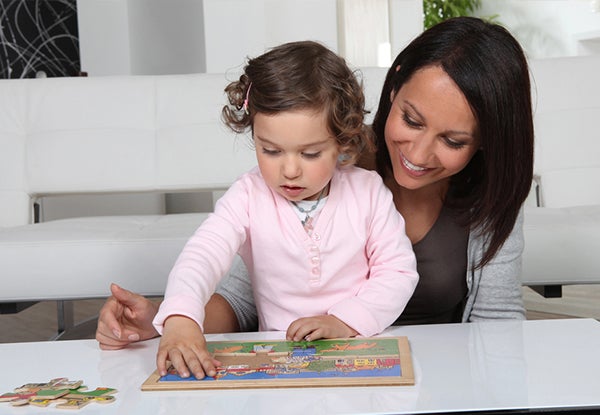
A fun way to practice patience is by engaging in cooperative play activities that have it built right in!
Red Light, Green Light
You’re the traffic light. Stand at one end of the room and have your child stand at the other. Call “green light” when you want them to move forward and “red light” when you want them to stop.
If they move during “red light,” they go back to the start.
Egg and Spoon Walk
Give your child a spoon and then balance an egg on it. Challenge them to walk from your designated start to your designated finish without dropping and breaking the egg.
Jigsaw Puzzle
Invite your child to do a puzzle with you. Give them as much time as possible to find pieces and fit them together on their own.
Baking

From slowly pouring ingredients into a bowl to mixing to waiting for dough to rise, baking has many built-in opportunities to practice patience.
Gardening
Gardening allows you to teach your kid about patience by taking a long view. The time between planting a seed to eating a vegetable can seem endless to a child, but every stage of the growing process has activity and milestones to note.
Painting
Waiting for paint to dry is an inherent part of the painting process. Set up an art station for your child and ask them to create something that has layers of color.
Paint one color, wait, paint another, and so on.
Basic Turn-taking
Many kinds of play (social play, in particular) include taking turns, which is a tangible way to teach your child patience. Some classic examples that include turn-taking are:
- Board games
- Card games
- Tag
- Hide-and-Seek
- Sharing a toy
Have Patience Teaching Patience!
Remember to be patient when you’re trying to teach your kid to be patient!
Learning patience can take time for kids. Remember that it doesn’t have to be learned overnight, and that your child might have situations in which patience is beyond their capability (think when they’re tired or hungry or when the length of time they must wait is simply too much of a challenge for their age).
Of course, when they do demonstrate patience, give them lots of encouragement. They did it!
One fun way to lighten the process and bring you and your child closer together is to tell some stories about your own experiences with impatience in your childhood. You can find points of connection, validate your child’s experiences, and have a laugh, all at the same time.
At Begin, we’re here to support you. Our award-winning learning programs can help your child develop the patience they need now for the success they’ll find in the years to come.





